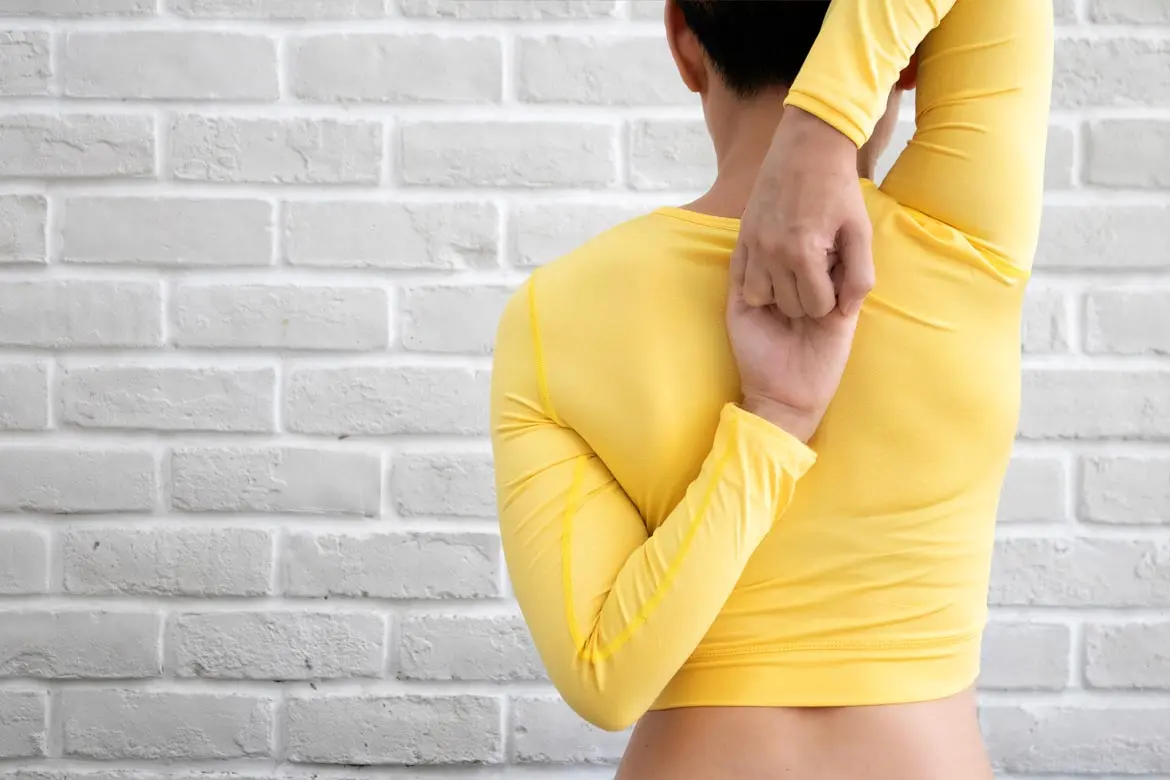Dr Soon Yee Hoong Michael
Orthopaedic Surgeon


Source: Shutterstock
Orthopaedic Surgeon
Your rotator cuff comprises a group of 4 muscles and tendons around your shoulder joint. Its purpose is to stabilise the joint and enable you to lift and rotate your arm.
A rotator cuff tear is a tear in the muscles or tendons that form the rotator cuff. This can happen slowly over time through repetitive wear and tear (degenerative tear), or suddenly from a fall or from lifting something heavy (acute traumatic tear).
When you are diagnosed with a rotator cuff tear, your doctor will want to know the degree of the damage – partial or full tear – before advising on the appropriate treatment. A partial thickness tear, commonly referred to as a partial tear, refers to how deep the tear is in the tendon. A full thickness tear is when the tear goes through the tendon. Such tears are typically diagnosed via magnetic resonance imaging (MRI).
A rotator cuff tear that is not treated will get worse over time, which will make treatment and recovery more challenging. If you are unsure if your shoulder pain is just a strain or something more serious, look out for any of the following symptoms, and get your shoulder checked by a doctor without further delay.
If you have a partial tear of less than 5mm in size, it is likely the injury will heal without surgery as long as you follow the correct rehabilitative exercises. Your doctor will prescribe pain killers and anti-inflammatory medication to help in the healing process. You will be referred to a physiotherapist to go through exercises you can do at home. These exercises are designed to gradually allow your shoulder to heal, and help it return to normal function. Your physiotherapist will also advise you on what you can and cannot do so that you don’t damage your rotator cuff further during the healing process.
If physiotherapy is ineffective or you have a full tear, surgery will be your best option to stitch the torn tendon, or reattach it to the bone.
Depending on your injury, your surgeon will recommend one of the 4 types of surgical procedures available:
How fast you recover and can get back to normal activities depends on:
The smaller the tear and the sooner it is treated with a minimally invasive procedure, the faster you will heal. But do be warned: Recovery from this type of injury is a slow process and can take as long as a year before you have full range of motion around the shoulder.
You will have to wear a sling for 4 to 6 weeks after surgery. You can remove the sling a few times a day to flex the elbow and improve blood supply to the arm. You should follow your physiotherapist’s exercise instructions and not force movement around your shoulder sooner than advised. Don’t try to rush the process or you could just end up delaying your recovery.
As with any surgery, there are risks of complications or that the surgery won’t work. Your surgeon will discuss the following risks with you:
While you should make a full recovery that will allow you to perform normal daily activities, it is found that only around 50% of professional athletes with a rotator cuff tear history return to the same competitive level they were at before the injury.
Your chances of recovery are better when you act fast in getting treatment. Consult an orthopaedic surgeon to evaluate your condition and understand your treatment options as soon as you start having trouble with your shoulder.
If you have additional health insurance, such as an Integrated Shield Plan and rider, the amount of cash you need to fork out for private healthcare bills can be minimal.